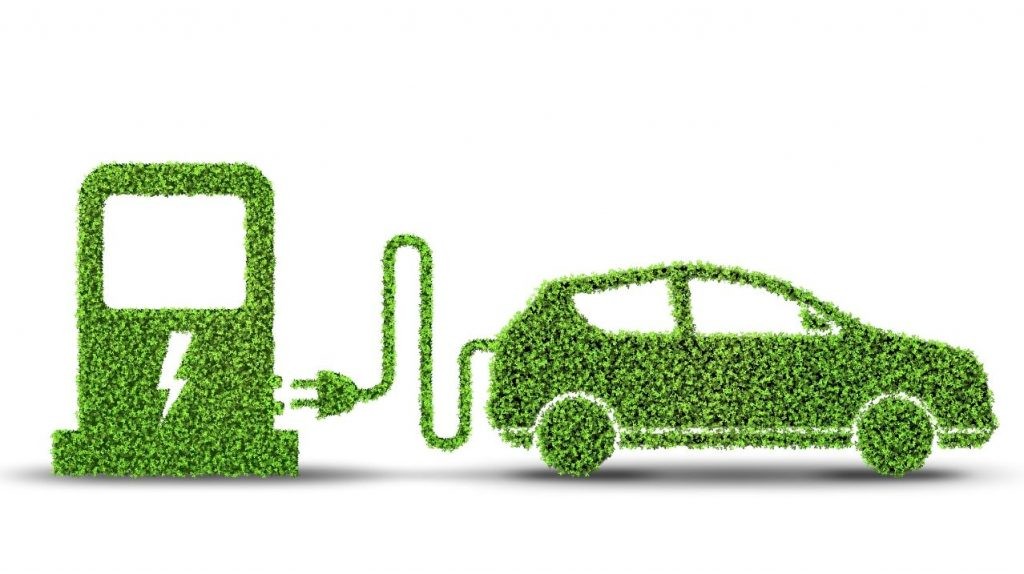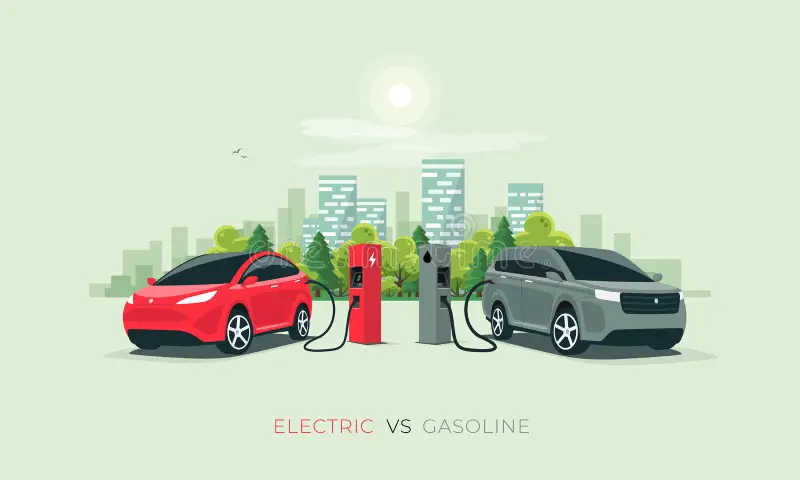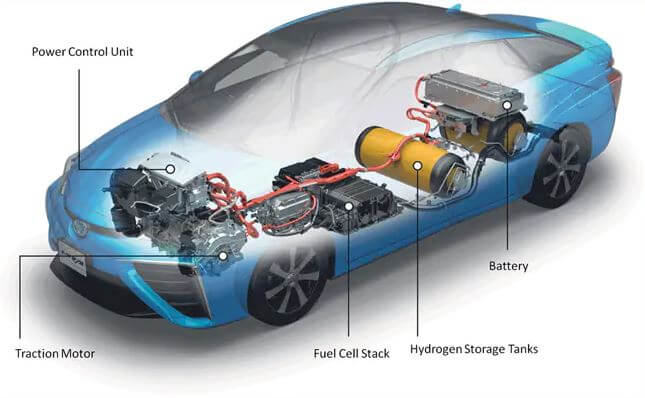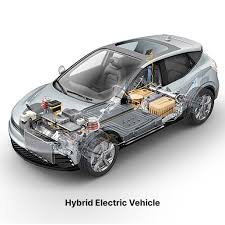Green vehicle

What is Green vehical |
|---|
- A green vehicle, clean vehicle, eco-friendly vehicle or environmentally friendly vehicle is a road motor vehicle that produces less harmful impacts to the environment than comparable conventional internal combustion engine vehicles running on gasoline or diesel, or one that uses certain alternative fuels. Presently, in some countries the term is used for any vehicle complying or surpassing the more stringent European emission standards (such as Euro6), or California's zero-emissions vehicle standards (such as ZEV, ULEV, SULEV, PZEV), or the low-carbon fuel standards enacted in several countries.
- Green vehicles can be powered by alternative fuels and advanced vehicle technologies and include hybrid electric vehicles, plug-in hybrid electric vehicles, battery electric vehicles, compressed-air vehicles, hydrogen and fuel-cell vehicles, neat ethanol vehicles, flexible-fuel vehicles, natural gas vehicles, clean diesel vehicles, and some sources also include vehicles using blends of biodiesel and ethanol fuel or gasohol. In 2021, with an EPA-rated fuel economy of 142 miles per gallon gasoline equivalent (mpg-e) (1.7 L/100 km), the 2021 Tesla Model 3 Standard Range Plus RWD became the most efficient EPA-certified vehicle considering all fuels and all years, surpassing the 2020 Tesla Model 3 Standard Range Plus and 2019 Hyundai Ioniq Electric
TYPES |
|---|
 |
 |
|
|
|---|
Electric and fuel cell-powered
|
 |
|---|---|
 |
Hybrid electric vehicles
|
Benefits of green vehicle use |
|---|
Environmental
- Vehicle emissions contribute to the increasing concentration of gases linked to climate change. In order of significance, the principal greenhouse gases associated with road transport are carbon dioxide (CO2), methane (CH4) and nitrous oxide (N2O). Road transport is the third largest source of greenhouse gases emitted in the UK, and accounts for about 27% of total emissions, and 33% in the United States. Of the total gremissionseenhouse gas from transport, over 85% are due to CO2 emissions from road vehicles. The transport sector is the fastest growing source of greenhouse gases.
Health
- Vehicle pollutants have been linked to human ill health including the incidence of respiratory and cardiopulmonary disease and lung cancer. A 1998 report estimated that up to 24,000 people die prematurely each year in the UK as a direct result of air pollution. According to the World Health Organization, up to 13,000 deaths per year among children (aged 0–4 years) across Europe are directly attributable to outdoor pollution. The organization estimates that if pollution levels were returned to within EU limits, more than 5,000 of these lives could be saved each year.
Monetary
- Hybrid taxi fleet operators in New York have also reported that reduced fuel consumption saves them thousands of dollars per year.
Reference: https://en.wikipedia.org/wiki/Green_vehicle
Webmaster:Rujipas Thunthanase M.5/7 No.22
